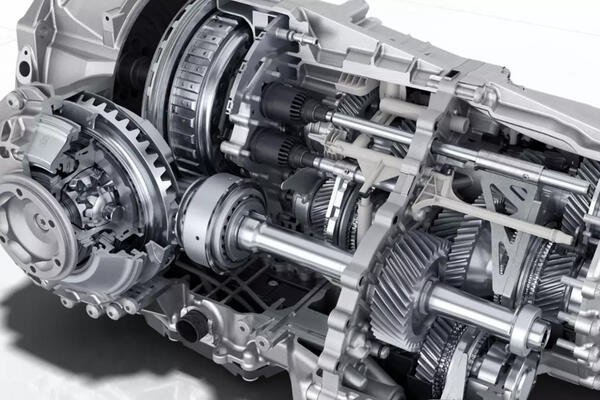
Dual clutch transmission (DCT)
DCT is a manual and automatic transmission hybrid that uses two clutches to sync the gear changes.
How it works19
- Unlike manual transmission, which uses a single clutch for all gears, DCT uses two clutches for gear shift, to control odd and even gears separately
- Transmission shifts are automatically managed by a transmission control module, eliminating the clutch pedal need
- Computer or transmission control module queues up the next gear when DCT is engaged in the first gear, making the shift smoother and faster while keeping the power supply uninterrupted.
Benefits:
- DCTs tend to provide better fuel economy than automatic transmissions and performance than both automatic and manual transmissions
- DCTs provide smoother gear changes and with a high-degree of precision
- It provides enhanced acceleration and speed
- Offers the convenience of automatic transmission but provides higher efficiency by eliminating the torque converter
- Offer efficiency advantages that lead to major savings over time.
Typical use case:
Passenger cars, heavy commercial vehicles, light commercial vehicles, high-end sport cars.
Operational considerations:
- A variety of vehicles with this technology are available in Australian markets. Although the technology is considered developed generally, there are some incidences of failure
- DCTs take up more space under the hood than other transmissions.
19Booth’s motor group, What is a Dual Clutch Transmission (DCT), https://www.booths.com.au/blog/what-is-a-dual-clutch-transmission-dct/

